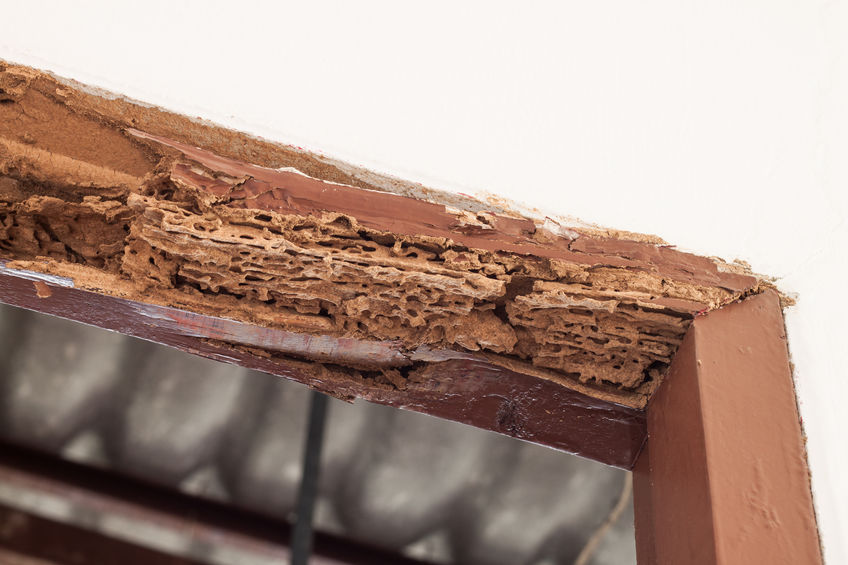There are many termite species inhabiting the United States, but most of these species are not pests of woodwork. However, virtually every timber-framed home and building in the country is susceptible to termite damage, and this includes structures located along the Alaskan panhandle where the state’s urban and suburban centres are concentrated. Between 50 and 60 termite species have been documented as inhabiting the US, 20 of which are classified as economically significant structural pests.
Of the more than 3,000 termite species documented worldwide, each one belongs to one of three possible groups. These groups are known as subterranean, drywood and dampwood termites, and while pest species from all three of these groups can be found in the US, subterranean termites are the most destructive and economically significant. In fact, subterranean termite species are responsible for 80 percent of all termite-related structural damages reported each year worldwide. The eastern subterranean termite (Reticulitermes flavipes) inflicts far more property damage in the US than any other termite species in the country, and it’s the only termite pest species found in Massachusetts.
Like virtually all insect species, termites are dependent on high moisture environments and significant water intake in order to survive. This is especially true of subterranean termites, as they rapidly dessicate and die if they are removed from their moist soil or wood habitat and exposed to outside air. Mature subterranean termite colonies can contain more than one million individuals that must ingest water regularly, but only workers are capable of self-administering water. Therefore, workers are not only responsible for transporting water to the colony, they must literally administer water (and food) to the queen, king, soldiers, reproductives, and the brood. Luckily for workers, their bodies are specifically designed to carry out this seemingly monumental task with ease.
Workers possess an organ known as a “water sac” that is attached to their salivary gland, and much of the water they consume is ultimately filtered and transported into the water sac. Although soldiers possess an underdeveloped water sac organ, they do not possess a filtering organ, and the massive size of their jaws make them incapable of eating and drinking on their own. Water sacs also provide workers with the water they need to create a mixture of thick sludge that contains feces, mud, saliva and wood bits. This sludge is like wet cement, as it’s used to construct the air tight mud tubes that connect the ground soil with above ground structural wood. Mud tubes allow workers to access wood above ground without succumbing to air exposure.
Have you ever encountered mud tubes on either the exterior or interior foundation walls of a home?

